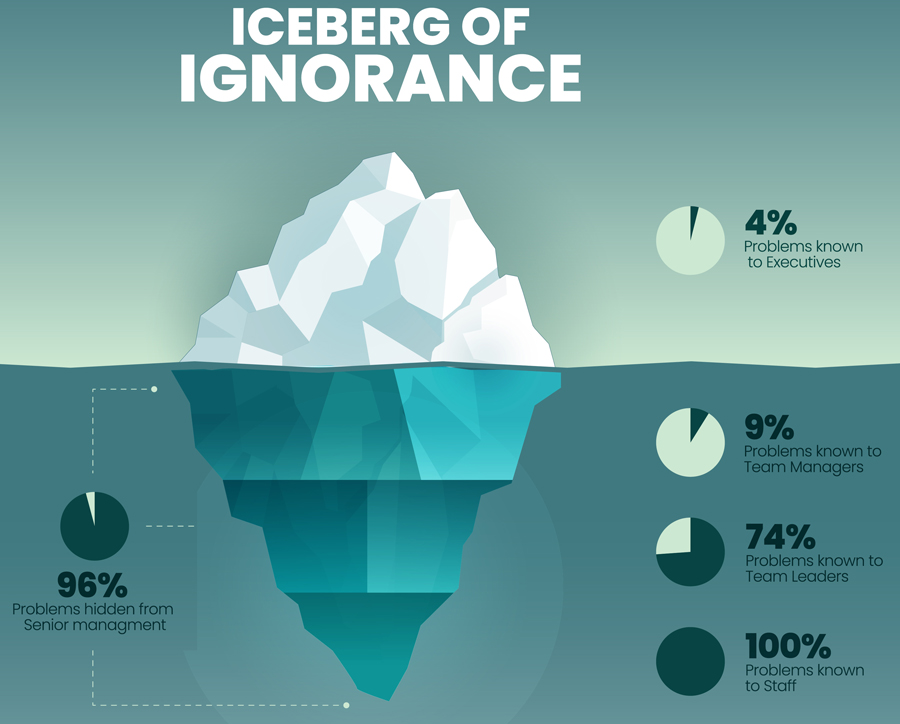
BY MIKE ZAPPONE
If you’re asking this question, you’re not alone. Most business owners are frustrated by the gap between their own mindset and the mentality of their employees. But here’s the hard truth: Your employees are likely frustrated with you, too.One of the most common solutions business owners turn to is an incentive plan, especially for senior and office staff. Unfortunately, most of these plans fail to drive meaningful change. Instead of inspiring new behavior, they often morph into entitlement programs that do little to align interests or improve performance.
So where do we start?
❱ Start With Information What your employees don’t know can hurt you. In the absence of real, accurate financial information, people will fill in the blanks with speculation—and speculation rarely paints a flattering picture.
It’s not uncommon for employees to have a general idea of the company’s gross revenue. But it’s incredibly rare for them to understand your true profit margins. When we ask employees to estimate company profits, they often guess 50% or more. In reality, pre-tax profit margins are often a fraction of that—sometimes as low as 5-10% in industries like chauffeured transportation.
This gap in understanding leads to misperceptions. If employees believe the company is making 55 cents on every dollar, they may feel exploited or undervalued. The result? Resentment grows, trust erodes, and the divide between owners and employees widens.
 ❱ Mindset Matters
❱ Mindset Matters To bridge this gap, it starts with your mindset. As an owner, you must believe—truly believe—that your team will bring more to the table if they are informed, empowered, and incentivized to think like owners. That means you must be willing to share the score of the game: profit.
There’s a spectrum between closed books and radical transparency. You don’t have to go all the way to one end, but you do have to find a level of openness you’re comfortable with. If you’re not ready to disclose any financial information with your team, you can stop reading here.
Still with me? Good.
❱ Build the Right Plan
Once you’ve committed to the idea of reporting that information, make sure the numbers are accurate and up to date. Clean, reliable financial data is non-negotiable.
Next, design a plan. Decide what portion of profit you’re willing to share, and under what conditions. Ask yourself:
↹ What happens if we’re profitable on paper, but cash is tight?
↹ If the plan is too generous, can we scale it back without damaging morale?
↹ If it’s too lean, will it fail to motivate?
Finding this balance is critical. The plan must be meaningful enough to inspire action, but sustainable enough to endure good times and bad (e.g., like a once-in-a-generation pandemic).
❱ Educate and Align
A successful rollout includes more than just a plan—it requires education. Financial literacy is not a given, even among business owners, so don’t assume your team understands how profit is generated or what levers they can pull to impact it.
Teach them. Guide them. Empower them.
Help your team see how their daily decisions affect the bottom line. Show them how efficiency, customer satisfaction, waste reduction, and upselling contribute to profitability; you’re striving for “informed” rather than “stressed.” When employees understand this, they begin to act with an ownership mindset—because now they see the tangible impact. They see how every dollar, in or out, works for the business, and their ability to help shape it.
❱ The Payoff
When employees think like owners, the whole organization benefits. One powerful concept to illustrate this is the “Iceberg of Ignorance”: executives see just 4% of an organization’s problems, managers see 9%, team leaders see 74%, and frontline staff see 100%.
Imagine what happens when the people closest to the problems are empowered and motivated to solve them. That’s the magic of true alignment. If you want your team to think like owners, give them a reason to. Inform them, involve them, and reward them. The results will speak for themselves. [CD1025]
Mike Zappone is a former operator, industry consultant, and a Professional EOS Implementer. He can be reached at




